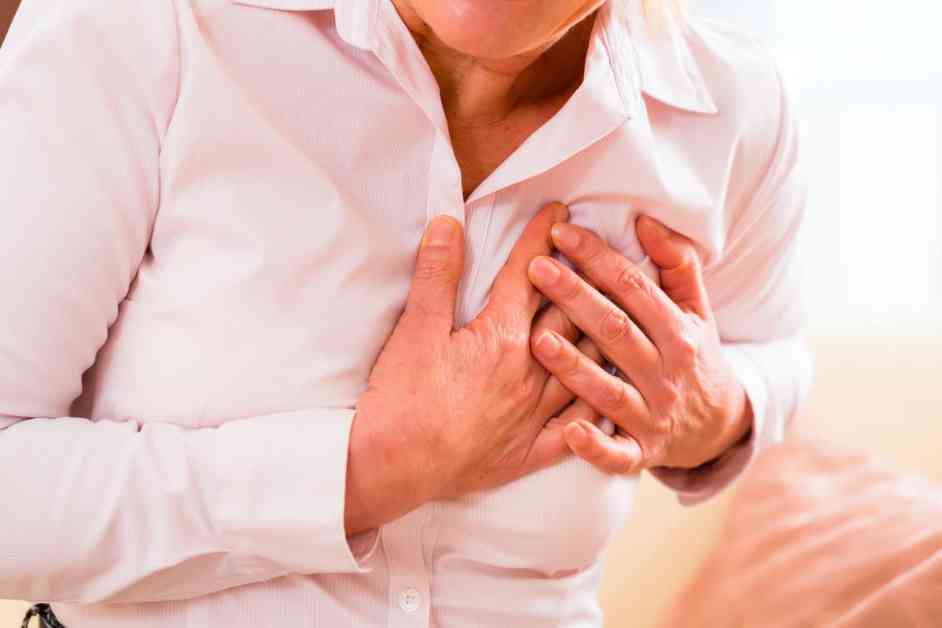Gender bias is a significant issue when it comes to emergency responses, especially in cases of cardiac arrest. A recent study conducted by St John Ambulance revealed that bystanders are less likely to give women chest compressions in public places due to anxiety about touching their breasts. This bias is causing an alarming gender disparity in access to emergency medical care, with only 68% of women likely to receive CPR compared to 73% of men.
The taboo surrounding women’s chests is preventing individuals from providing life-saving assistance to women in need. This issue is further compounded by concerns about inappropriate touching, with 33% of men worried about being accused of such behavior when giving CPR to a woman. Surprisingly, 13% of women also cited this concern, indicating the pervasiveness of this bias in society.
The consequences of this gender bias are severe, with researchers estimating that more than 8,200 women in England and Wales could have survived their heart attacks if they had received the same treatment as men. To address this issue, St John Ambulance has launched a campaign to educate the public about the importance of intervening urgently when women are under cardiac arrest and eliminating the unnecessary gender gap in CPR response.
According to Jordan Davison, a community experience manager at St John Ambulance, it is crucial for individuals to take action in these circumstances, regardless of gender. Performing CPR can significantly increase a person’s chances of survival, and every ‘body’ deserves the best possible chance at life. However, there is a significant lack of awareness and comfort among the public when it comes to administering CPR to women.
In addition to concerns about chest compressions, many individuals feel uncomfortable using a defibrillator on women due to the need to place pads on bare skin in the chest area. Nearly half of men admit that they would feel less comfortable using a defibrillator on a woman, knowing that they might have to remove her clothing, including a bra. This discomfort highlights the deep-rooted gender biases that exist in society and hinder effective emergency responses.
To address these challenges, it is essential to provide appropriate training and education to the public. The report suggests that around two-thirds of respondents would feel more comfortable performing CPR if they received the right support and guidance. By addressing these concerns and increasing awareness about gender bias in CPR response, we can improve outcomes for women experiencing cardiac arrest and ensure that everyone has an equal chance of survival.
In conclusion, gender bias in CPR response is a pressing issue that requires immediate attention and action. By raising awareness, providing education, and promoting inclusivity in emergency medical care, we can save more lives and create a more equitable society for all. Remember, when it comes to CPR, every ‘body’ is the same, and everyone deserves the best possible chance of survival.












